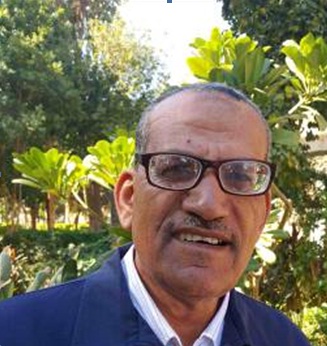Wadi Sodmein area lies to the northwest of Quseir town on the Red Sea. The studied volcanic rocks are distinguished into Dokhan Volcanics and felsites. The Dokhan Volcanics are subdivided into two rock units, an older unit of andesite-dacite composition and a younger unit of rhyolite, rhyolitic tuffs and ignimbrite. They have petrographical and geochemical features similar to calc-alkaline, subduction-related ...
Read more


